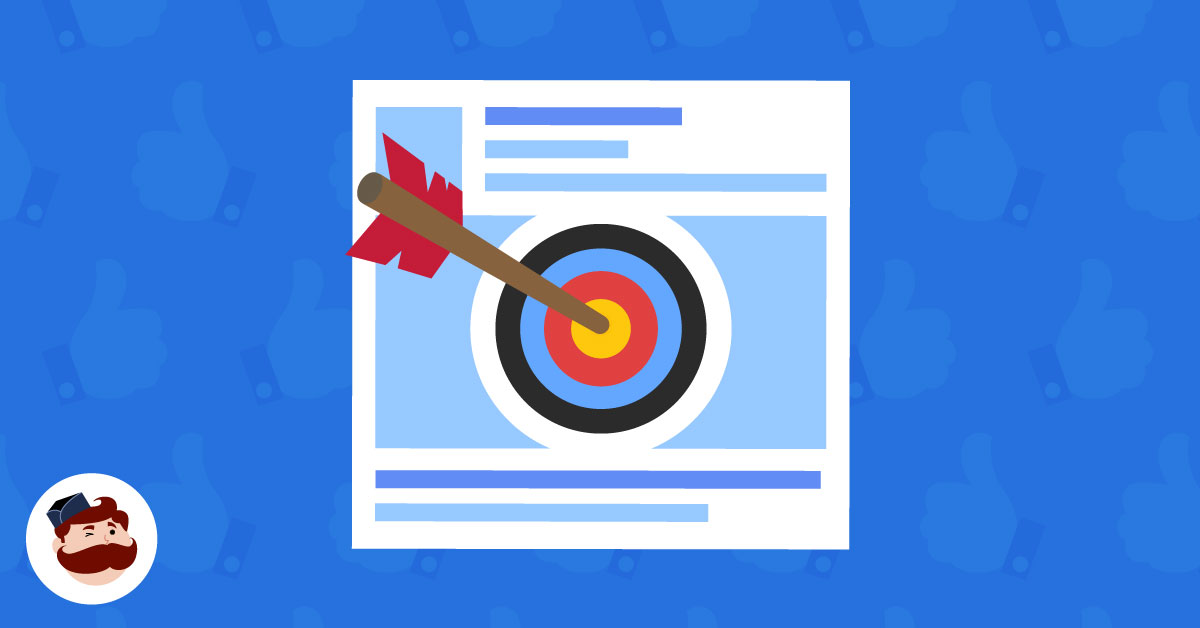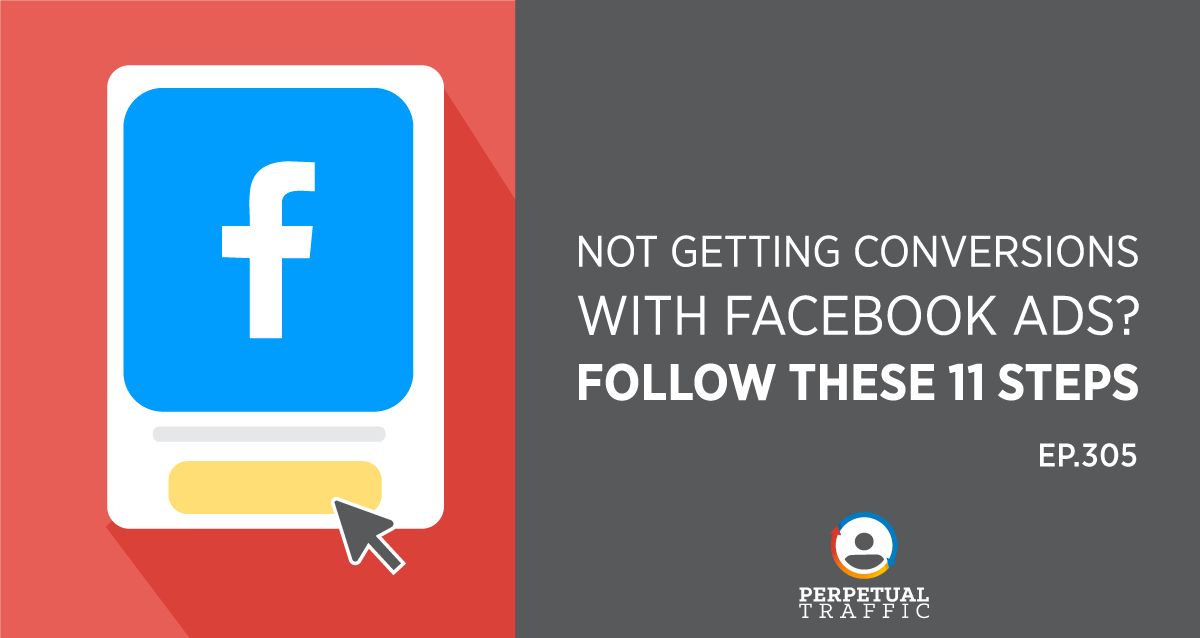It’s Just Marketing: You Can Stop Using the Word “Digital” Now | DigitalMarketer It’s Just Marketing: You Can Stop Using the Word “Digital” Now | DigitalMarketer
Continue reading here
Tag: Marketing
WordPress vs Webflow | CXL
While WordPress may be the most well known CMS in the world, Webflow continues to establish itself as a powerful alternative for established and upcoming brands. In this article we’ll take a thorough look at both WordPress and Webflow to help choose the right option for you.
As is tradition with our other tool comparisons, this is not a dry feature-by-feature comparison of WordPress and Webflow. Both have their benefits and disadvantages depending on your needs and the type of business you run. That said, depending on your resources and team, both make a strong case for becoming your CMS that powers your business.
WordPress vs Webflow 4 factors to consider
1. Cost
From a purely cost perspective, WordPress is less expensive than Webflow. With WordPress all you need is a domain and hosting which you can snag for less than $100 a year. Webflow on the other hand, has a variety of pricing options based on your needs, but in general is more expensive, particularly if you’re looking to build out multiple sites.
That said, with WordPress you typically will also need to invest in a premium WordPress theme and invest in various plugins to help make your business run smoothly. The benefit of WebFlow is all your hosting is done by Webflow; there’s no need to search for hosting elsewhere.
Additionally, because Webflow can be customized without the use of code, you won’t necessarily need to account for a large dev team budget to make the changes you need as is the case with WordPress in many instances.
2. Plugins
From a sheer numbers standpoint, WordPress also beats out Webflow as it has thousands of plugins and integrations that have been time-tested over the years. Given that they have been around for two decades, they have been able to build relationships with many of the leading plugin and application builders.
Most developers and applications start building with WordPress in mind. That said, while a younger company compared to WordPress, Webflow has worked hard to partner with applications to ensure your favorite integrations work with them as well. Using tools like Zapier, you can also hack together a variety of integrations that are yet publicly available.
As founder Haradhan shares:
“[WordPress is free and open-source software, and also every WordPress developer already make some functional themes and plugin which things make our some works effortless.”
For SEO folks who rely heavily on the likes of Yoast, unfortunately Webflow currently does not have an integration with them. That said, Webflow has stated publicly that their sites are out-of-the-box SEO optimized.
Despite having more plugins available for WordPress, the downside of overreliance on various plugins is that you can open yourself up to security vulnerability and unnecessarily slow down your site.
As entrepreneur Nat Eliason shared:
“WordPress sites are slow unless you make a very deliberate effort to clean them up. All of the plugins, different tools, messy theme files, they add up, and the code behind a WordPress site…
Do You Recognize These 10 Mental Blocks to Creative Thinking?
Do You Recognize These 10 Mental Blocks to Creative Thinking? 18&63,h=A>>12&63,n=A>>6&63,o=63&A,u[l++]=i.charAt(a)+i.charAt(h)+i.charAt(n)+i.charAt(o);while(d  ‘ + data.settings.title + ” : ” }}} ]]>
‘ + data.settings.title + ” : ” }}} ]]>
]]> {{{ data.label }}} ]]>
Continue reading here
12 Facebook Ad Targeting Tips to Increase Your ROAS
Facebook ads is a game where those who know how to target their audience win.
The reason is simple —better Facebook Ads targeting leads to higher conversion rates. And higher conversion rates lead to better ROAS (return on ad spend).
But how can you improve your Facebook ad targeting without losing a lot of money with testing?
This can be tricky. Because while targeting the right people can net you great return on investment, you can also lose all of your investment if you target the wrong people. You either hit or miss. So you need to be very accurate when it comes to determining who’s your target audience and who’s not.
Continue reading for 12 actionable tips that will help you accurately determine your ideal target audience and increase your return on ad spend with the help of hyper-targeted ads.

1. Use Facebook Audience Insights wisely
Facebook Audience Insights offers a ton of valuable data on your Facebook audience including demographics, interests and location. This information can help you create heavily targeted Facebook ad campaigns.
Here’s how to use it:
- Go to the Facebook Audience Insights dashboard and select an audience. You can choose between everyone on Facebook or your current followers.
- Choose a demographic that fits your target customers. You will be able to learn about their interests, location, job titles, language and so on.
- Find out what your target audience is consuming on Facebook. What Pages do they follow? What content categories are they most interested in?
- Using the control panel on the left side of the screen, play with the options and narrow down your audience until you’ve found a profitable niche you can sell to. Then, save your audience.

After you’ve saved your audience, click on the Create Ad button in the top right corner of the screen. This will take you to an ad creator, and all of the targeting details will already be filled in for you.
Learn more about this process in our Facebook Audience Insights guide.
2. Leverage Facebook Custom Audience strategies
Facebook Ads Manager allows you to submit your own audience in the form of email lists, phone numbers, landing page visitors and so on. This feature is called Facebook Custom Audiences.
Here, you can further personalize your targeting with custom audiences to put your ads in front of the right people. Leveraging Facebook Custom Audiences offers many conversion opportunities like:
- Sending upselling ads to your existing customers.
- Excluding existing customers from receiving ads targeted to new prospects.
- Targeting people who have already visited your website and giving them a second chance to engage with you (you need a Facebook pixel for this).
- Segmenting your target audience and testing different hyper-targeted ads.
…
Episode 305: Not Getting Conversions with Facebook ads? Follow These 11 Steps
Perpetual Traffic | Episode 305: Not Getting Conversions with Facebook ads? Follow These 11 Steps | DigitalMarketer Perpetual Traffic | Episode 305: Not Getting Conversions with Facebook ads? Follow These 11 Steps | DigitalMarketer
Continue reading here




